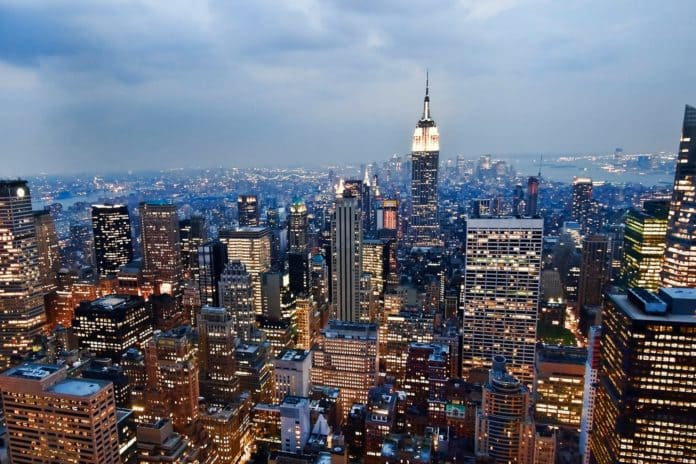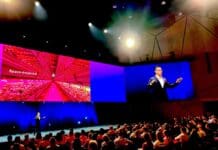As technology accelerates, it’s shaping our cities. Around 54% of world’s population is currently living in urban areas, and this percentage is expected to grow 70% by 2050. This pattern of growth is changing the urban structure. Rising temperatures, pollution, food shortages, and strain on public services including education, healthcare, and transportation are many of the issues that need to be addressed. New York City hosted its first ever “Smart Cities” conference to bring these matters to public exposure and to open a dialogue among policy makers, technologist, officials, engineers, educators, and students.
Internet of Things (IoT) plays a significant role in integrating the city’s various data collection systems. A Chicago’s Array of Things (AoT) project initiated in 2014 installed data-collection sensors all over the city to understand how the city operates, and how it can be transformed. It will have a tremendous impact not only on the research and development but also on the city and its citizens.
The IoT data can be used by educators, research centers, and students to understand and tackle issues such as air pollution, traffic, wind pattern, and other environmental issues.
Another project “City of Atlanta” is working with higher education institutes to interpret, analyze and make use of the data. The researchers plan to collaborate with Georgia Tech’s Data Scientists.
Students are also using Internet of Things data at K-12 level for research. Students are installing data-collection sensors as part of Science projects to compare their data against city’s data. This data is also helping school officials and educators to better understand their school operation and to improve the overall learning experience. The school administrators are devising methods to help students interact with their environment in new ways.
The public transport system is also making use of this data to design efficient routes, track metro and bus assets, and personalize rider experience. Cloud data is collected through GPS tracking devices on all the buses. In the future they will be able to track passengers’ on and off stops, and the bus usage in future.
Apart from smart cities, the Industrial Internet of Things (IIoT) is transforming manufacturing and production processes to reduce wastage, resources, and pollution. Green practices implemented on the basis of cloud data is reducing the carbon footprint of many industries.


















